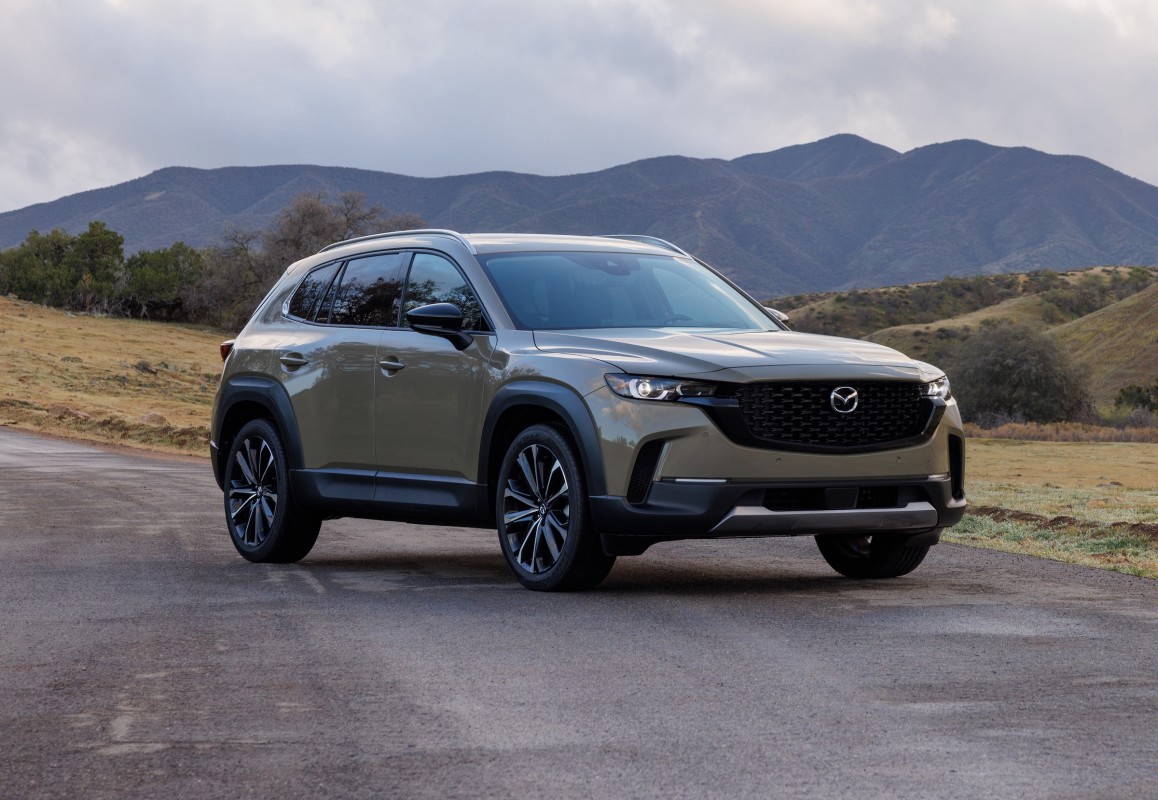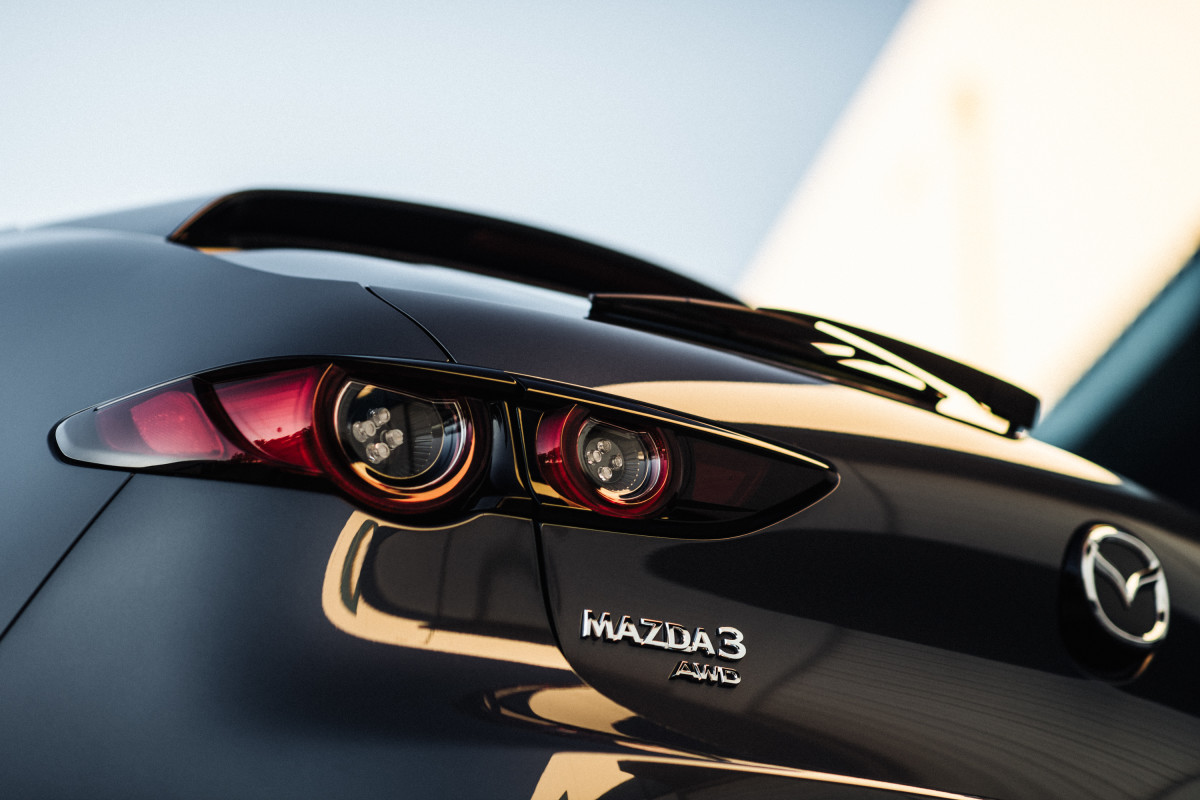Mazda’s Current Situation

The Japanese automaker Mazda is in a bit of a pickle right now. During a presentation in May, CEO Masahiro Moro admitted the company isn’t ready to forecast its earnings for the current fiscal year, citing uncertainties like U.S. tariffs. It’s like trying to predict the weather when you don’t have a reliable forecast—there’s just too much that’s up in the air.
Sales Figures

Despite the challenges, Mazda had a killer year in North America with a sales record of 617,000 vehicles by March 31. This includes a 17% increase in the U.S., reaching 424,382 vehicles. For car geeks, that’s the best year since 1986. The redesigned CX-5 played a significant role in attracting buyers. There was hope to hit another record by moving 450,000 units next year, but those tariff-induced price hikes could throw a wrench in the works.
Mazda’s CFO, Jeffrey Guyton, voiced concerns, saying that these tariffs drained up to $66.8 million just this past April. To counter this, Mazda is looking to boost sales in other markets like its home turf in Japan, and across Southeast Asia and China. It’s a classic case of not putting all your eggs in one basket.
Import Challenges
Mazda’s operations rely heavily on imports. In 2024 alone, about 235,738 cars were shipped from Japan to the U.S., covering models like the CX-5, CX-70, and CX-90. That’s over half of its U.S. sales. Cars like the Mazda3 and CX-30 are produced in Mexico, benefitting from trade deals. Right here in the states, the Alabama factory builds the CX-50, but it still depends on imported parts, which means additional costs of about $2,000 to $4,000 per vehicle.
Selling Strategy
Times are tough, so Mazda’s approach is to lean towards selling models that zoom off the lot quicker, even if they have thinner, but necessary, profit margins. The days of stacking up on incentives might be dialed down. Mazda’s spending on incentives was about $833.9 million last fiscal year, with individual incentives averaging $3,224 per vehicle. Strategy sounds a bit like fishing—with the right bait, you reel them in faster.
Future Prospects
Mazda’s revenue dipped by 26%, and the operating margin fell from 5.2% to 3.7% year-over-year. CEO Moro anticipates sharing more concrete earnings projections once the first quarter results are in by August. But until there’s clarity on those tariffs, it’s like waiting for rain in a drought. Even big names like Ford and Mercedes-Benz are in similar tight spots due to these trade squabbles.
All eyes are on the negotiations between Japan and the U.S. The Japanese government, led by Prime Minister Shigeru Ishiba, isn’t going to budge unless there’s a package deal that covers autos, too. Some experts predict a resolution by early July, just in time for Japan’s national election. It’s all about playing chess in the auto world, looking for the best move under the current circumstances.
Camper-Ready Citroen
Audi Q5 Faces Recall
Fiat 500 Hybrid Debut
Rare NSX-R Driving Joy
Tesla Hits Production Pause